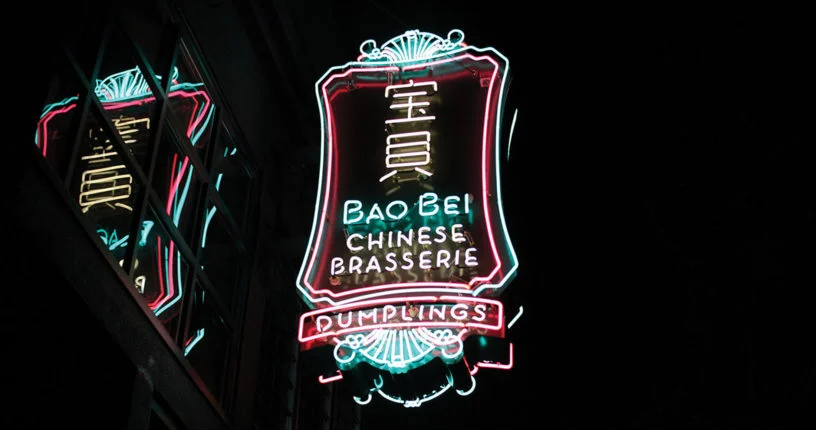A blonde in a green bathing suit leaps from a motel sign in Mesa, Arizona, splashing down into electric blue water. She’s been diving, over and over, for about 57 years—minus a blip in 2010 when a storm shattered the neon tubes that made her so mesmerizing and her community raised $120,000 (U.S.) to have her glory restored.
The fabrication process behind a neon sign like Mesa’s Diving Lady isn’t intuitive. At first glance, it’s easy to assume such signs are the work of machines—complicated ones sprouting reams of fluorescent glass noodles in some sort of massive, radiant factory somewhere. In fact, neon signs are hand-wrought, the product of patience, artistry, and skill. Each blinking beacon vying for your attention was carefully created by a neon bender who curved fragile, heated glass tubing until it was ready to shine.
If softening glass to optimal pliability over a 900ºC open flame without so much as gloves on sounds difficult and dangerous, it is. Andrew Hibbs, owner of Endeavour Neon, has been accidentally cutting and burning himself in the process for decades. Andrew and his older brother, Troy Hibbs, who runs a signage company called TDH Experiential Fabricators (the siblings often collaborate), began bending neon in their mid-teens. Their father, a bender by trade, had a workshop in the family’s backyard, where the boys would go before school to practise making signs.

